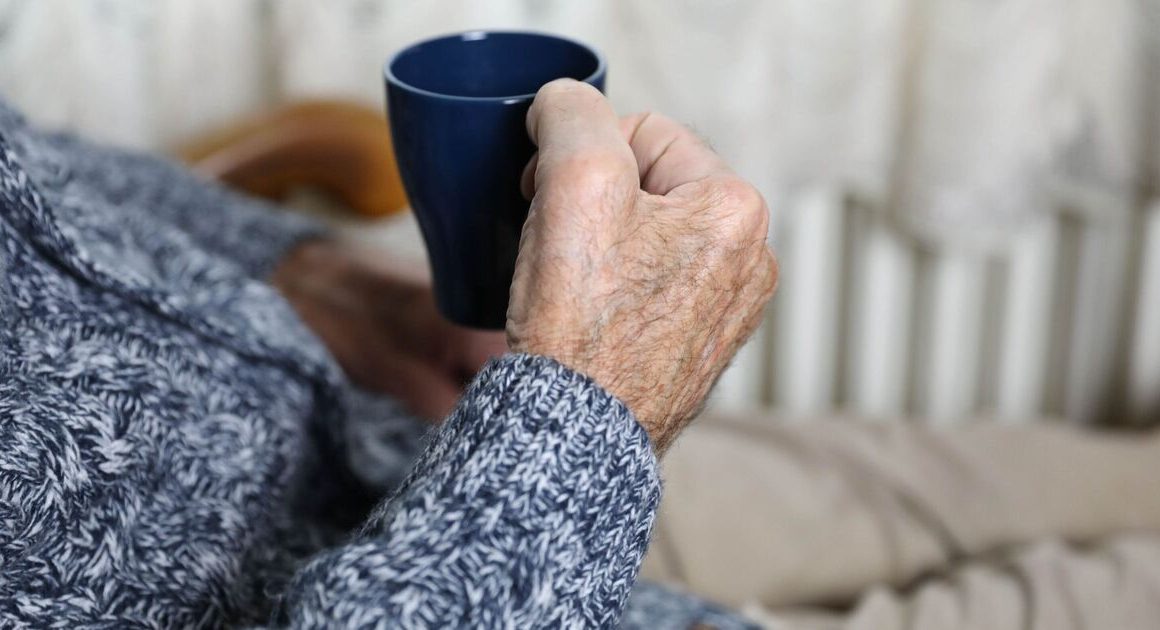Crews searched for bodies in stranded cars and sodden buildings Thursday as people tried to salvage what they could from their ruined homes following monstrous flash floods in Spain that claimed at least 158 lives, with 155 deaths confirmed in the region of Valencia.
More horrors emerged from the debris and ubiquitous layers of mud left by the walls of water that produced Spain’s most deadly natural disaster in living memory.
Cars were piled on one another like fallen dominoes, uprooted trees, downed power lines and household items all mired in mud that covered streets in dozens of communities in Valencia. An unknown number of people are still missing and more victims could be found.
“Unfortunately, there are dead people inside some vehicles,” said Spain’s Transport Minister Oscar Puente.
Rushing water turned narrow streets into death traps and spawned rivers that tore through homes and businesses, sweeping away cars, people and everything else in its path. The floods demolished bridges and left roads unrecognizable.
Luís Sanchez, a welder, watched as the storm turned the V-31 highway south of Valencia city into a floating graveyard strewn with hundreds of vehicles.
“I saw bodies floating past. I called out but nothing,” Sanchez said.
Days of mourning begin
Spanish Prime Minister Pedro Sanchez announced after meeting with regional officials and emergency services in Valencia on Thursday the first of three official days of mourning.
Spain’s Mediterranean coast is used to autumn storms that can cause flooding, but this was the most powerful flash flood event in recent memory. Scientists link it to climate change, which is also behind increasingly high temperatures and droughts in Spain and the heating up of the Mediterranean Sea.

The greatest toll was concentrated in Paiporta, a community of 25,000 next to Valencia city where mayor Maribel Albalat said Thursday that 62 people had died.
While the most suffering was inflicted on municipalities near the city of Valencia, the storms unleashed their fury over huge swaths of the south and eastern coast of the Iberian peninsula.
Two fatalities were reported in the neighbouring Castilla La Mancha region and one in southern Andalusia. Emilion García-Page, regional president for Castilla La Mancha, said that at least one police officer was among several missing in the town of Letur.
Heavy rains continued Thursday farther north as the Spanish weather agency issued a red alert for several counties in Castellon, in the eastern Valencia region, and for Tarragona in Catalonia.
Over 1,000 soldiers from Spain’s emergency rescue units joined regional and local emergency workers in the search for bodies and survivors. The soldiers had recovered 22 bodies and rescued 110 people by Wednesday night.
“We are searching house by house,” Angel Martínez, with a military emergency unit, told Spain’s national radio broadcaster RNE from the town of Utiel, where at least six people died.
Late emergency warnings cited
Some 150,000 people in Valencia were without electricity on Wednesday, but roughly half had power by Thursday, Spanish news agency EFE reported.
The Valencian regional government is being criticized by some for not sending out flood warnings to people’s mobile phones until 8 p.m. on Tuesday, when the flooding had already started in some parts and well after the national weather agency had issued a red alert for heavy rains.
As It Happens7:05Spain resident says deadly flooding has turned his town into a ‘disaster movie’
At least 95 people have been killed in Spain following devastating floods. Marc Brimble lives in the hard-hit town of Catarroja. In an interview with As It Happens host Nil Köksal, he describes residents trapped in their houses, cars stacked on top of each other, and water two metres high.
Mari Carmen Perez said by phone from Barrio de la Torre, a suburb of Valencia city, that her phone buzzed with the flood warning after the rushing water had already forced open the front door and filled the first floor, forcing her family to flee upstairs.
“They didn’t have any idea of what was going on,” Perez, a cleaner, said. “Everything is ruined. The people here, we have never seen anything like this.”
The chaos also prompted some to smash and grab goods. The National Police made 39 arrests on Wednesday for looting stores in areas affected by the storms. The Civil Guard deployed officers to stop the looting of homes, cars and shopping malls.











